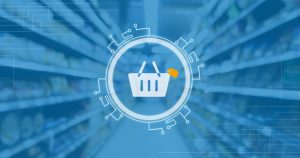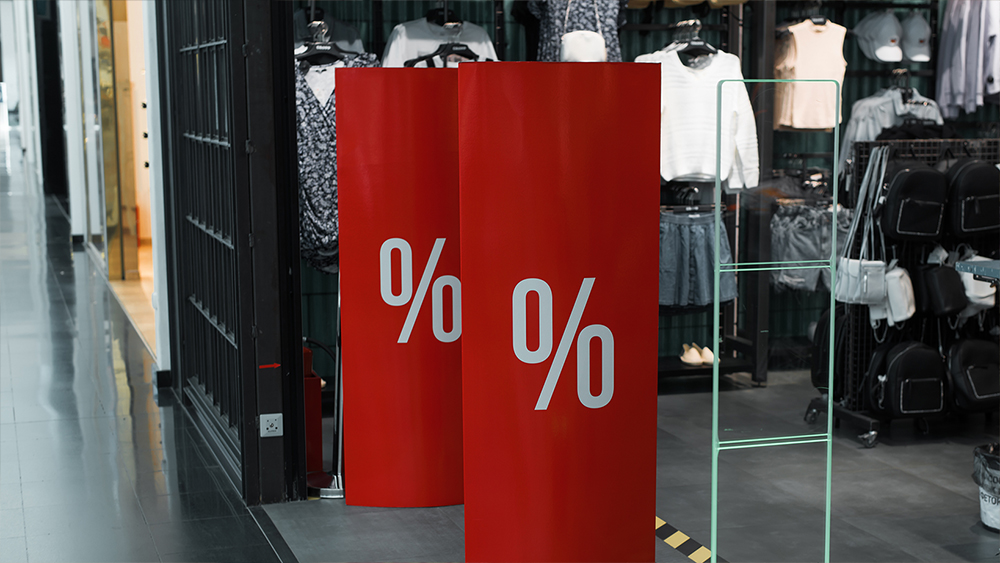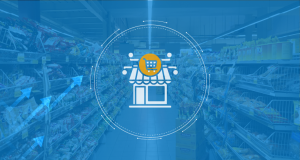
Navigating the Complex World of Retail Promotion
Harnessing the Dynamics of Internal and External Factors In the realm of retail promotion, success transcends mere discounts; it’s a symphony of internal and external

Promotions play a pivotal role in the success of a product. When promotion management is done strategically, retailers can expect a positive demand shift.
According to retailmenot, promotions trigger in-store and online purchases by 89-91%.
Throughout this article, learn more about:
A promotion is a specific tactic within the marketing mix used by retailers and wholesalers to drive sales. This tactic incentivizes shoppers to purchase a product either because of the lower price, or because they receive more value from the sale.
Promotion is the fourth element of the Marketing Mix (Product, Price, Place, Promotion) and arguably the most important as it creates awareness, persuades the customer to purchase a product, and drives demand. According to Your Article Library, “Promotions are the spark plug of the marketing mix. No business enterprise can sell its goods and services without informing the people about the availability of products and without creating in them the desire to buy them.”
Throughout this article, we will focus specifically on sales promotions– a strategy where a business uses a campaign or offer to increase interest in a product or service. The main objective of a sales promotion is to boost sales.
Before deciding on the type of promotion, it is critical for retailers to know what audience they are aiming to reach.
Mass promotions focus on marketing a product or service to a retailer’s entire customer base. It is not niche-exclusive.
Mass promotions aim to raise brand awareness and extend advertising reach.
Targeted promotion identifies specific customers and promotes products through various promotion types and intensities.
There are two perspectives from which retailers can approach targeted promotions:
Whether the goal is to reach a mass or targeted audience, there are two types of promotions:
Simple promotions refer to single-item markdowns or discounts. This type of promotion is often preferred as customers respond to simplicity.
Examples of simple promotions:
Complex promotions involve multi-item buy-get or spend-get strategies.
Examples of complex promotions:
Promotion Management is a strategic method intended to optimize the promotion process. It encompasses defining the promotional objective, setting a budget, engaging and collaborating with various vendors and business units, planning and running campaigns, and monitoring results.
The purpose of promotion management is to ensure that the promotions align with the business objectives.
Though promotion management is supposed to improve the promotion process, many retailers find it challenging to coordinate from start to finish due to the following reasons:
Fun Fact: Grocery stores with ~100 locations are faced with over 325 million decisions for mass promotions and 1.25 trillion decisions for targeted promotions. Without advanced technology, it is impossible for a retailer to ensure they make the most effective decision.
An integrated promotion management solution ensures retailers that their promotion process will align with their business objectives, and provide the greatest value.
Rather than relying on manual work and broken processes, a promotion management solution brings everything into one place– making it easy to analyze, plan, forecast, and optimize promotions.
Retailers can expect to see an improvement in:
Subscribe To Our Newsletter
Get the latest updates about retail technology
Share This Post
+ More To Explore

Harnessing the Dynamics of Internal and External Factors In the realm of retail promotion, success transcends mere discounts; it’s a symphony of internal and external

As the holiday season approaches, retailers take preparatory measurements and tailor their holiday promotions for the most action-packed time of the year. With spending anticipated
Founded by experienced data scientists and retail experts, Cognira is the leading artificial intelligence solutions provider.